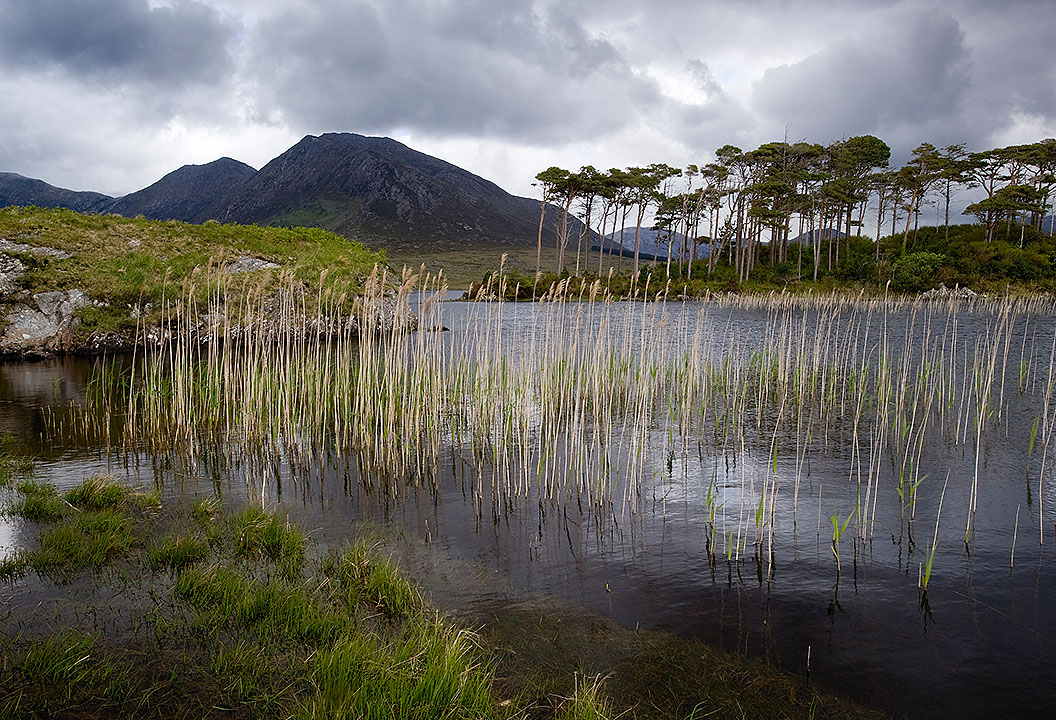Part 4, Flies for Deadman’s Cay
Ok, time to talk flies! But before we dive in, I have a thought for you. While I’m far from the most experienced bonefisherman, I feel confident in saying this: on the flats “presentation” is king, fly pattern is queen. That doesn’t mean fly patterns are unimportant, only that your ability to deliver a fly accurately, softly, and on time, is far more important. Enough said.
The Long Island Bonefishing Lodge suggests several fly patterns (Gotchas, Charlies, Puffs…etc.) in sizes 4,6,8 – of varying colors and weights. Fair enough, but let me refine that for you.
On the flats of Deadman’s Cay, our fishing was done in 5-15 inches of water. Skinny, skinny water. Consequently, any fly that landed with a “plop” immediately spooked fish. Instantly! So small, lightly weighted (or unweighted) flies ruled. Sizes 6 and 8 flies with bead-chain, or key-chain, eyes are as heavy as you want to go. Lead-eye flies were verboten. They may work wonders on the ocean-side flats, or farther north, but not here. (Weighted or unweighted, be sure you’re flies ride hook up. I’ll tell you why at the end of this post.)
Because the bottoms are mainly light-colored, light-colored flies did yoke-man’s duty – white, pearl, pink, tan…etc. But don’t be afraid to add a splash of color. It helps catch the “bone’s” attention. As you can see in my fly box above, I like some yellow, purple, pink, orange, or red in my flies. And I also like colorful rubber legs. They’re helpful too. (Check occasionally that they haven’t fouled around the hook.)
Here’s two flies that worked for me. A size 6, Puff and a size 8 Gotcha-type fly. By the way, you can find well-tied bonefish patterns, at excellent prices, over at Discount Flies.com
Let me mention one final point ( no pun intended). Be sure your flies ride hook up. Why? Two reasons. Obviously a hook that rides up is a help when fishing over a turtle grass bottom. Second, and more importantly, a bonefish’s mouth is oddly shaped. It points downward, and the upper jaw is noticeably longer than the bottom jaw. A hook riding point up is far more likely to find a secure hold.
Part 5, will cover rods, leaders & lines




























